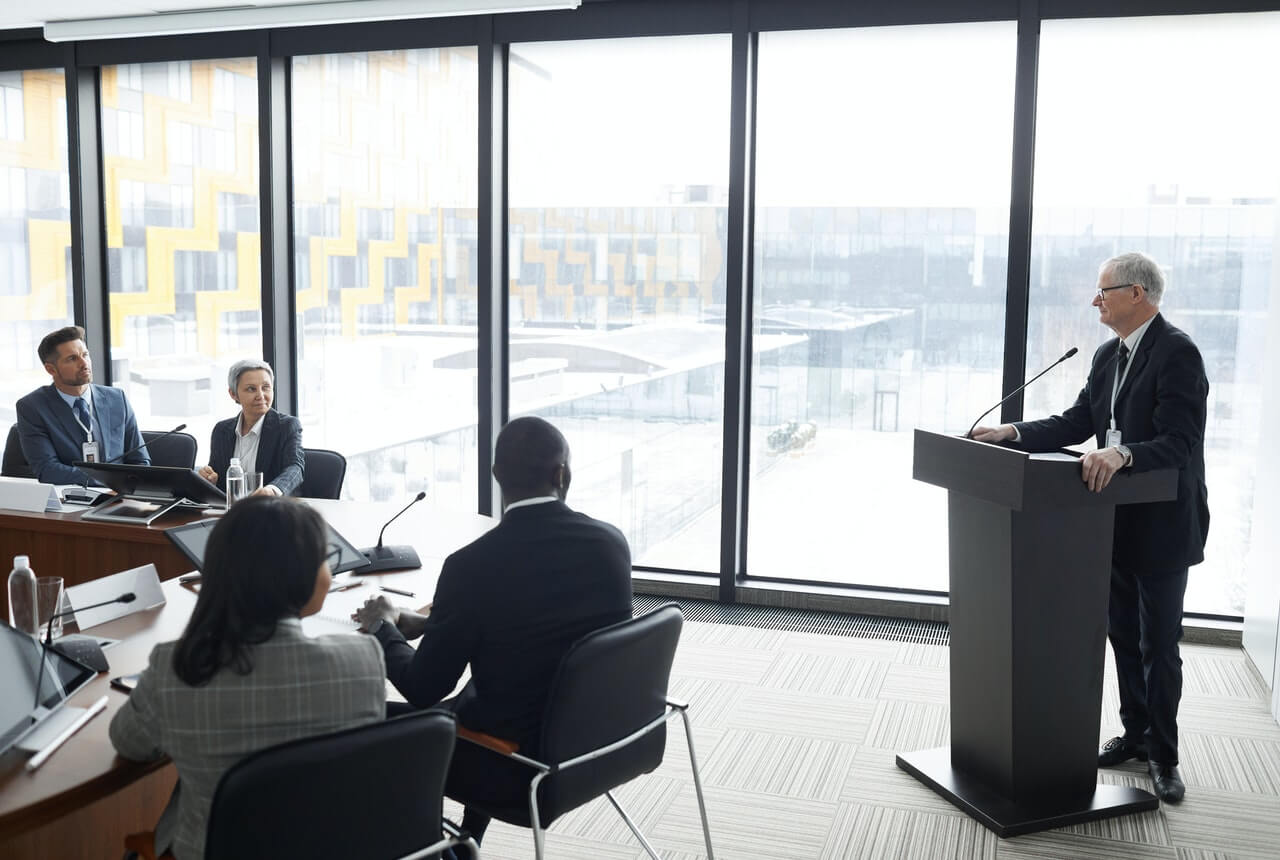Here are three common meeting dysfunctions types I’ve seen in the meeting room. (Haven’t we all?) Let’s look at these specific dysfunctions and simple actions you can take to address them.
1. The Late Arriver/Early Leaver
|
Dysfunction |
Behavior |
Action
|
|
2. The Loudmouth
|
Dysfunction |
Behavior |
Action
You (Facilitator): “Let’s hear from everyone on this next point. With this question, I would like to start with Sandra and go around the room. The question is…”
You (Facilitator): “I appreciate you being willing to speak, especially given that most have been pretty quiet. I need your assistance, though. I need to get other people to speak more. Any thoughts on how we might do that.” Participant: “You’re right. I often find myself dominating the discussion because no one else is speaking up.” You (Facilitator): “Why don’t we do this: after the break, I’m going to be using a lot more round robins to try to engage more people in the discussion. And from time to time, you might want to say something, but I will intentionally call on others to get them involved. Will that work for you?” Participant: “That’s fine. Thanks for letting me know.”
|
|
3. The Drop-out
|
Dysfunction |
Behavior |
Action
You (Facilitator): “Let’s hear from everyone on this next point. With this question, I would like to start with [Jeff] and go around the room. The question is…”
|
|
What about all of the other dozen or so dysfunctions in your meeting room? How do you deal with the Whisperer, the Workaholic, or the Naysayer? Surely, you’ve seen those in your meetings too. Leadership Strategies’ course, The Effective Facilitator, teaches you techniques on how to handle those dysfunctions too. Plus, you’ll learn the general formula for responding to and preventing dysfunction so that your meetings don’t turn into disasters. Download this free eBook – Managing Dysfunction – for extra support.
________________________
Certified Master Facilitator Michael Wilkinson is the CEO and Managing Director of Leadership Strategies, Inc., The Facilitation Company, and author of the new The Secrets of Facilitation 2nd Edition, The Secrets to Masterful Meetings, and The Executive Guide to Facilitating Strategy. Leadership Strategies is a global leader in facilitation services, providing companies with dynamic professional facilitators who lead executive teams and task forces in areas like strategic planning, issue resolution, process improvement, and others. The company is also a leading provider of facilitation training in the United States.
 Sections of this topic
Sections of this topic
















